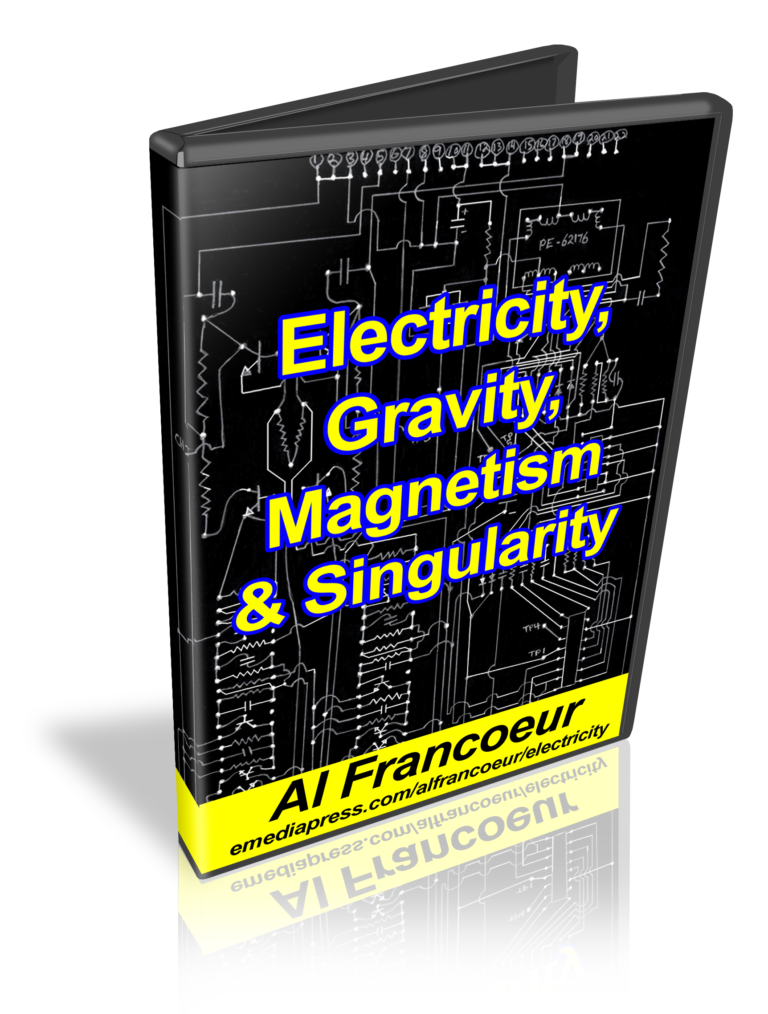
ATTN: At the request of Al Francoeur, a portion of the proceeds and all royalties for this presentation will be donated to the local Salvation Army or Union Gospel Mission of Spokane, Washington to feed and shelter the homeless.
There are many examples throughout nature where mirrored symmetry appears at the micro level up to the size of galaxies. The division line is very similar to the neutral line or Bloch Wall of a magnet.
This is the premise of much of the model that Al Francoeur has been working on in relation to explaining how he believes the Ed Gray power supply works.
The Gray Motor was verified in the past to operate at over 300 COP, which means 300 times more work was demonstrated compared to the net loss in the batteries that were powering the motor.
Al happens to own the largest collection of the remnants of Ed Grayís technology and he has been diligently working to reverse engineer the power supply to see what if any components or how it is built is operating in some unusual way.
There appears to possibly be a transformer winding method that on the surface would appear to not work and it deals with counter-turned windings that oppose each other. Conventionally, the thought would be that it would cancel out the ability to generate a magnetic field, but there are other instances where this kind of winding method has been implemented and it actually gives very unusual performance such as is seen in the famous Kromrey Generator.
Alís reverse engineering efforts are a work in progress but for the first time ever, he presents his findings of the power supply to a public audience. Although it is not a conclusive report, it is an exclusive release.
He also goes into other aspects of his research including this design for a fuel vaporizer and his interference generators. I have personally been emailed by those claiming that his interference generators do not work, but I visited Alís shop with Paul Babcock and we saw the generators working with the ability to light a lot of incandescent bulbs. Anyone stating that Alís interference generators donít work is spreading misinformation.
If youíre a fan of Ed Grayís technology, then this presentation is a must have. And if your not, you should be! It was one of the most profound demonstrations of Free Energy in history and weíve never been this close to understanding the operating methodology.
Learn more here: Electricity, Magnetism, Gravity & Singularity by Al Francoeur
Comment